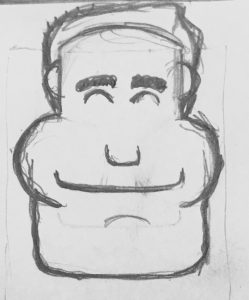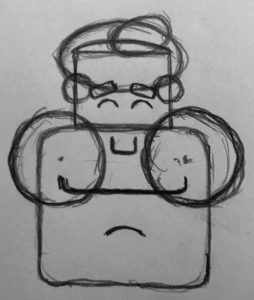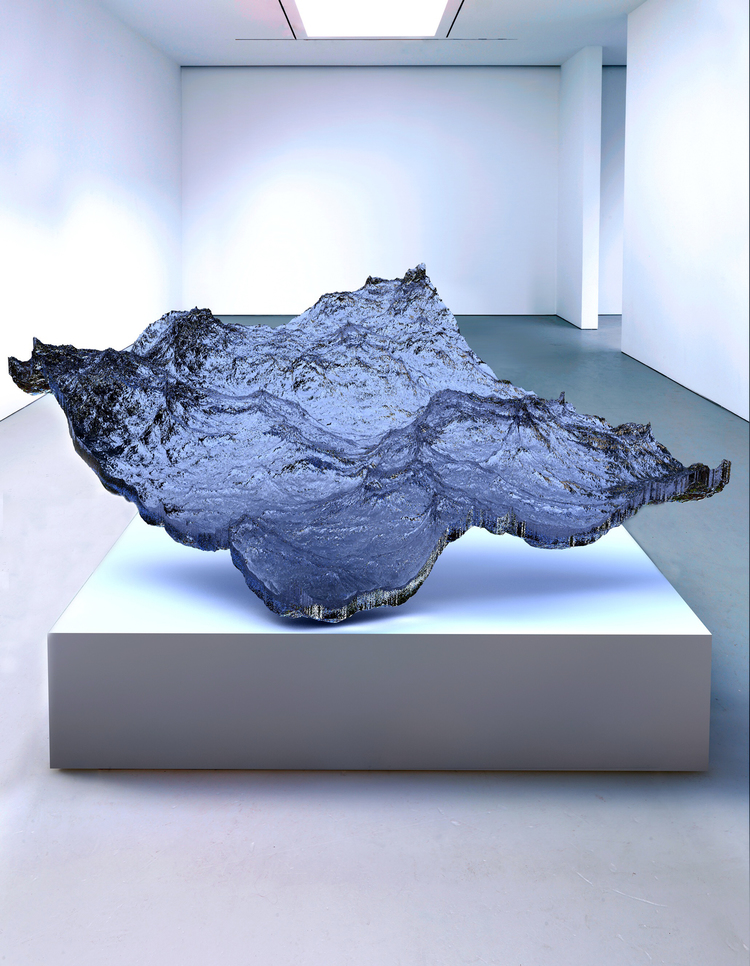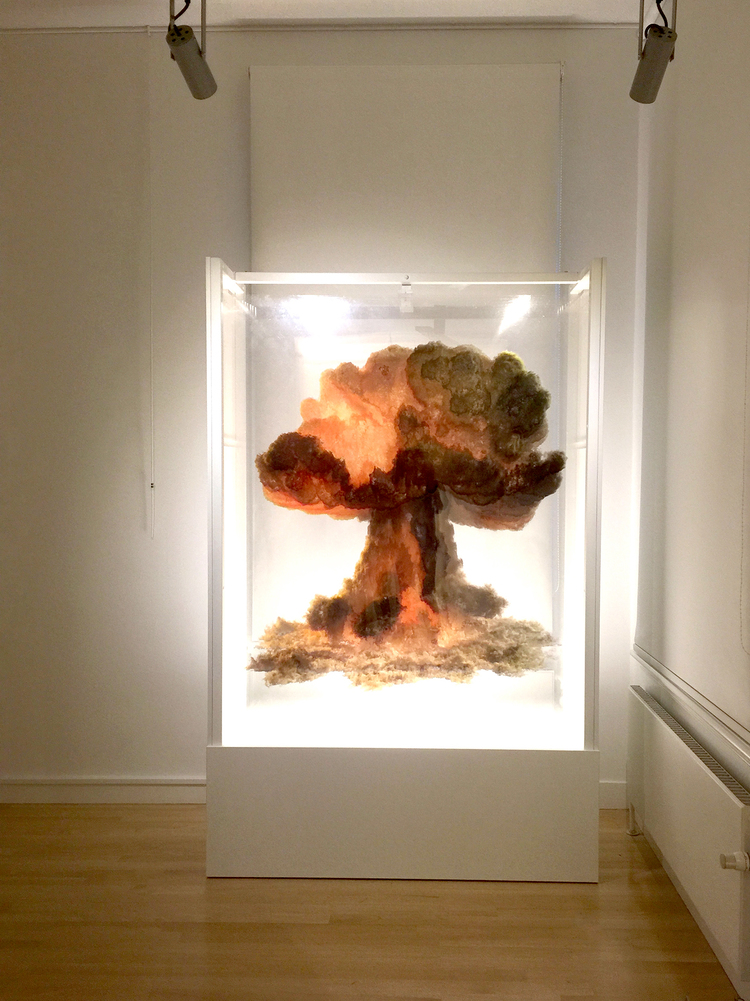//Garrett Rauck
//Section C
//grauck@andrew.cmu.edu
//Project-01
///////////////////////////////////
// INIT VARIABLES
///////////////////////////////////
var canvasWidth = 500;
var canvasHeight = 600;
///////////////////////////////////
// RUN
///////////////////////////////////
function setup() {
bg = loadImage("https://courses.ideate.cmu.edu/15-104/f2016/wp-content/uploads/2016/09/background.jpg");
createCanvas(canvasWidth, canvasHeight);
}
function draw() {
// set background
background(bg);
// background(255);
// set drawing modes
rectMode(CENTER);
ellipseMode(CENTER);
noStroke();
//// HAIR ////
fill(54, 32, 9);
ellipse(canvasWidth/2, canvasHeight/2-175, 300, 200);
ellipse(canvasWidth/2+35, canvasHeight/2-200, 175,175);
//// FACE MASSES ////
fill(255, 239, 161);
// Chin
rect(canvasWidth/2, canvasHeight/2 + 125, 325, 265, 50);
// Cheeks
ellipse(canvasWidth/2-100, canvasHeight/2+25, 190, 190);
ellipse(canvasWidth/2+100, canvasHeight/2+25, 190, 190);
// Ears
ellipse(canvasWidth/2-105, canvasHeight/2-120, 50, 65);
ellipse(canvasWidth/2+105, canvasHeight/2-120, 50, 65);
// Upper
rect(canvasWidth/2, canvasHeight/2-75, 225, 200);
// Forehead
ellipse(canvasWidth/2, canvasHeight/2-175, 225, 100);
//// FEATURES ////
stroke(0);
strokeWeight(1);
noFill();
// Mouth
rect(canvasWidth/2, canvasHeight/2+50, 260, 20, 0, 0, 10, 10);
// Chin
arc(canvasWidth/2,canvasHeight/2+170, 100, 75, PI+QUARTER_PI, TWO_PI-QUARTER_PI);
// Nose
rect(canvasWidth/2, canvasHeight/2+10, 45, 25, 0, 0, 10, 10);
//Eyes
arc(canvasWidth/2-50, canvasHeight/2-65, 60, 75, PI+QUARTER_PI, TWO_PI-QUARTER_PI);
arc(canvasWidth/2+50, canvasHeight/2-65, 60, 75, PI+QUARTER_PI, TWO_PI-QUARTER_PI);
//Eyebrows
fill(54, 32, 9);
rect(canvasWidth/2-55, canvasHeight/2-150, 60, 15, 5);
rect(canvasWidth/2+55, canvasHeight/2-150, 60, 15, 5);
// Overlays
noStroke();
fill(255, 239, 161);
rect(canvasWidth/2, canvasHeight/2+40, 280, 5);
rect(canvasWidth/2, canvasHeight/2-5, 50, 10);
}
To create this image, I started by sketching an abstract face, thinking about primitive shapes as building blocks.

I then drew a second sketch using the wireframes of all of the shapes to get an idea of shape centers and how they would need to overlap.

The hardest part about writing the code was dealing with all of the different unique coordinates. I didn’t find a very elegant way of doing this — a lot of guess-and-check…
![[OLD – FALL 2016] 15-104 • COMPUTING for CREATIVE PRACTICE](https://courses.ideate.cmu.edu/15-104/f2016/wp-content/uploads/2020/08/stop-banner.png)


